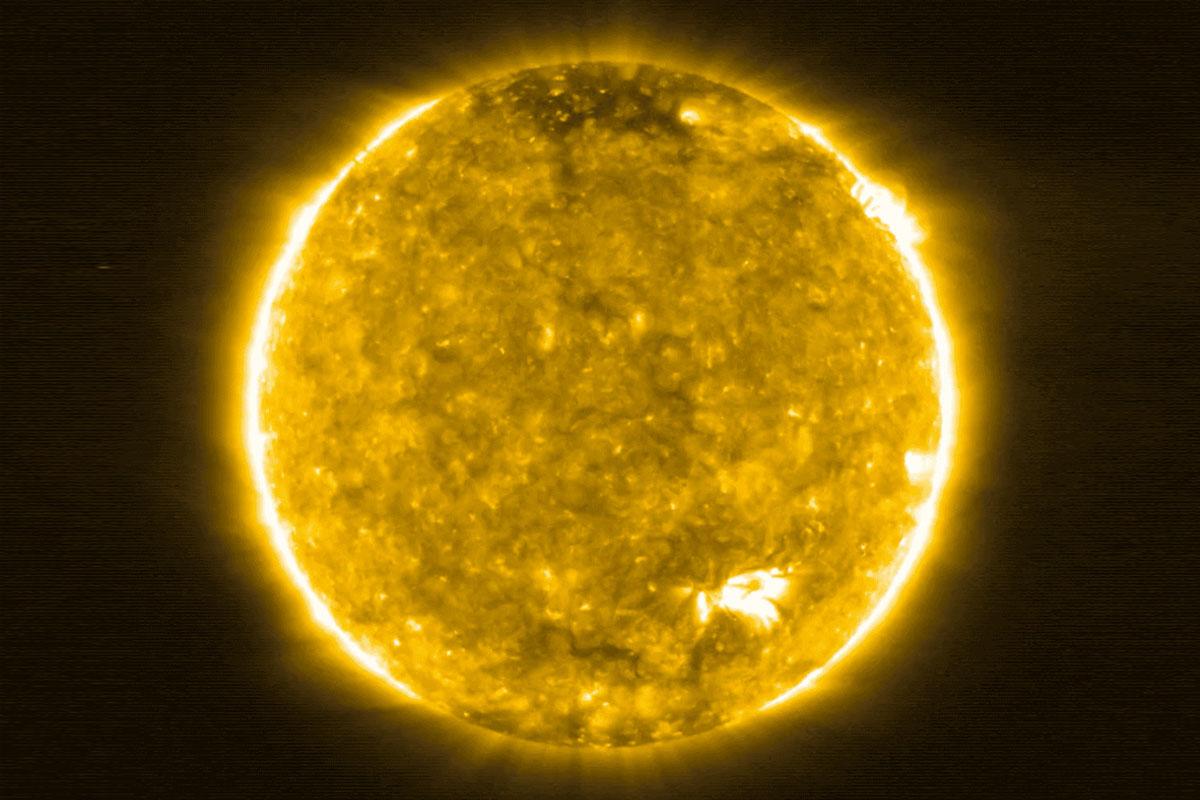Scientists see unexplained behaviour on the Sun in study of relatively unexamined 'quiet period'
The activity is taking place during the Sun's solar minimum, when activity is at its lowest

Your support helps us to tell the story
From reproductive rights to climate change to Big Tech, The Independent is on the ground when the story is developing. Whether it's investigating the financials of Elon Musk's pro-Trump PAC or producing our latest documentary, 'The A Word', which shines a light on the American women fighting for reproductive rights, we know how important it is to parse out the facts from the messaging.
At such a critical moment in US history, we need reporters on the ground. Your donation allows us to keep sending journalists to speak to both sides of the story.
The Independent is trusted by Americans across the entire political spectrum. And unlike many other quality news outlets, we choose not to lock Americans out of our reporting and analysis with paywalls. We believe quality journalism should be available to everyone, paid for by those who can afford it.
Your support makes all the difference.Scientists studying the Sun’s solar minimum have discovered an unexplained phenomenon happening on the surface of the sun, making some areas of the flaming giant significantly hotter than the others.
Researchers at Metsähovi Radio Observatory found these areas – called “radio brightenings” – on numerous areas of the sun. Usually, these brightenings have three explanations.
The first are coronal holes at the Sun’s two poles, which direct heat outwards through solar winds; the second is ejection of hot material from the surface of the Sun; and the third is areas where strong magnetic fields are detected.
However, scientists found radio brightenings in areas where none of these factors applied.
“The other sources used did not explain the cause of the brightening. We don't know what causes those phenomena. We must continue our research”, scientist Juha Kallunki said.
The study of the sun’s solar minimum – the period during which the Sun’s magnetic field is weakest – also revealed other new information.
Scientists previously believed that the sun’s behaviour during these minimums was passive, and so little research had been done into the activity of our nearest star during its quieter moments.
Instead, questions have been raised about when the next active solar minimum would happen, and how intense it would be.
Although it was previously thought that minimums happened every 11 years, the researchers no longer believe this to be the case.
"Solar activity cycles do not always last exactly 11 years, either," said Merja Tornikoski, one of the researchers on the new paper.
"A new activity period will not be identified until it is already ongoing. In any case, these observations of the quiet phase we are now analysing are clearly during a period when activity is at its lowest. Now we are waiting for a new rise in activity."
Each of the last four solar minimums have also been weaker than the previous one, leaving scientists baffled as to the cause of such a change.
The scientists research will be published in Solar Physics and is reportedly the first time that astronomers have been systematically studying the solar minimums.
On Earth, solar minimums can result in extra cosmic rays in the solar system, which hits the planet with x-ray and ultraviolet radiation.
At its most violent, solar storms caused during these periods can affect satellites, electricity networks, and radio communications, as well as being a danger to astronauts.
Join our commenting forum
Join thought-provoking conversations, follow other Independent readers and see their replies
Comments